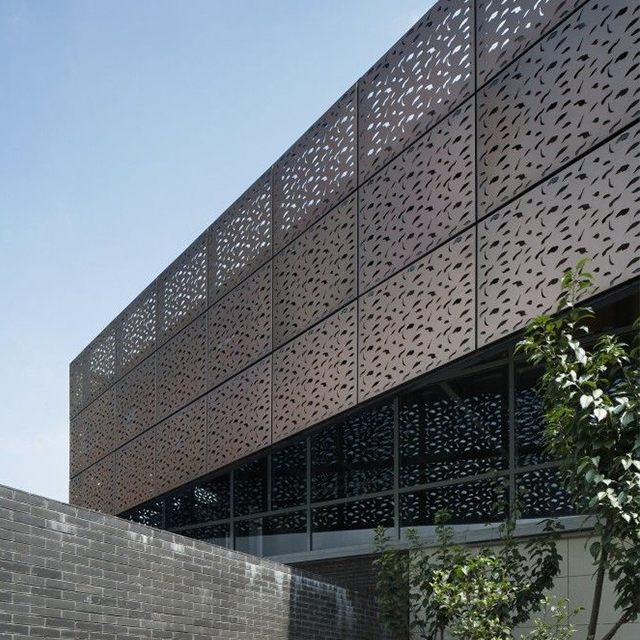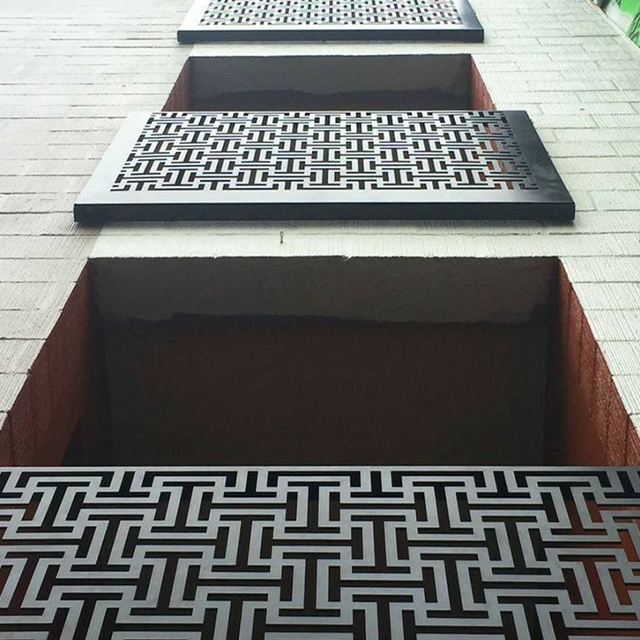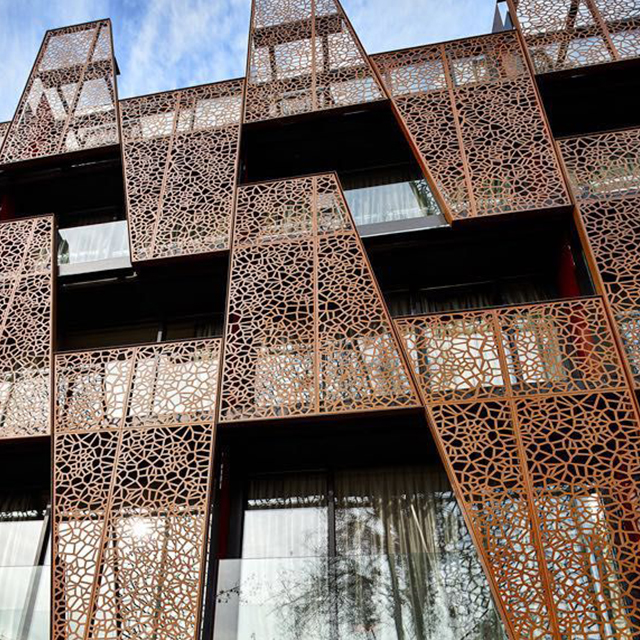In the world of modern architecture, aluminum cladding commercial buildings has become a go-to solution for combining durability, aesthetics, and sustainability. As a leading manufacturer of aluminum cladding panels, we understand the unique demands of commercial projects. This guide explores why aluminum cladding is a top choice for architects and developers, its key advantages, and how to select the right system for your needs.

Why Aluminum Cladding Dominates Commercial Architecture
Aluminum cladding is a lightweight, high-performance material that transforms building exteriors while offering long-term value. Unlike traditional materials, aluminum is corrosion-resistant, recyclable, and customizable, making it ideal for large-scale projects. According to the Aluminum Association, over 75% of aluminum ever produced is still in use today, highlighting its sustainability.
For commercial buildings, aluminum cladding provides:
- Enhanced durability: Resists weathering, UV rays, and fire (meeting A2-s1, d0 fire safety standards).
- Low maintenance: Requires minimal cleaning and repainting.
- Design flexibility: Available in a range of colors, finishes, and profiles.
Key Benefits of Aluminum Cladding for Commercial Buildings
1. Energy Efficiency
Aluminum cladding systems can integrate thermal breaks and insulation layers, significantly improving a building’s energy performance. A study by the U.S. Green Building Council shows that energy-efficient facades can reduce HVAC costs by up to 25%.
2. Aesthetic Versatility
From sleek, minimalist designs to textured or perforated panels, aluminum cladding adapts to any architectural style. For inspiration, explore innovative projects on Architizer.
3. Cost-Effectiveness
While initial costs may be higher than some materials, aluminum’s longevity and low lifecycle costs make it a smart investment. Its lightweight nature also reduces structural support requirements, cutting construction expenses.
4. Sustainability
Aluminum is 100% recyclable without losing quality. Many commercial projects now prioritize LEED certification, and aluminum cladding supports this goal. Learn more about sustainable practices from the Building Research Establishment.
Applications of Aluminum Cladding in Commercial Buildings
Aluminum cladding is widely used in:
- Office towers: Creates a modern, professional appearance.
- Retail centers: Enhances branding with custom colors and finishes.
- Healthcare facilities: Meets strict hygiene and safety standards.
- Educational institutions: Provides durable, vandal-resistant surfaces.
For example, the iconic One World Trade Center in New York features aluminum cladding for its blend of strength and visual appeal.
How to Choose the Right Aluminum Cladding System
When selecting aluminum cladding for commercial buildings, consider:
- Panel thickness: Thicker panels (3-6mm) offer better impact resistance.
- Coating type: PVDF coatings provide superior color retention and weather resistance.
- Installation method: Opt for modular systems to speed up construction timelines.
For technical specifications, refer to guidelines from the American Institute of Architects.
Trends Shaping the Future of Aluminum Cladding
- Dynamic Perforated Panels: Used for shading and artistic expression.
- Integrated Solar Solutions: Combines cladding with photovoltaic technology.
- Prefabricated Systems: Reduces on-site labor and waste.
Conclusion
Aluminum cladding commercial buildings is a proven strategy to achieve durability, energy savings, and striking aesthetics. As a specialized manufacturer, we provide tailored solutions that meet the highest industry standards. Whether you’re designing a corporate headquarters or a retail complex, aluminum cladding delivers unmatched performance and design freedom.
For more insights on commercial facade trends, visit Building Design + Construction.

